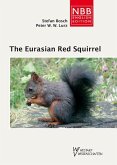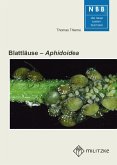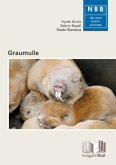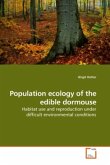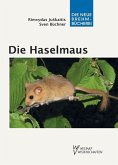The hazel dormouse is an animal characteristic of species-rich woods and groves. Its ability to hibernate has fascinated naturalists across the ages. However, because of its secretive way of life, few people have ever seen a hazel dormouse alive and fewer still know the intricacies of its lifecycle. In the last few decades researchers have begun to understand the dormouse more thoroughly, particularly with regards its place in nature conservation. Showing a strict preference for woodland and living a predominantly arboreal life, the hazel dormouse is especially vulnerable to habitat loss and fragmentation. An exact knowledge of its biology and its ecological requirements are a prerequisite for the conservation of our smallest indigenous dormouse species.In this monograph of this fascinating animal the authors present their results of over 30 years of field research, their experiences with projects of public awareness and examine them in the context of international literature.


